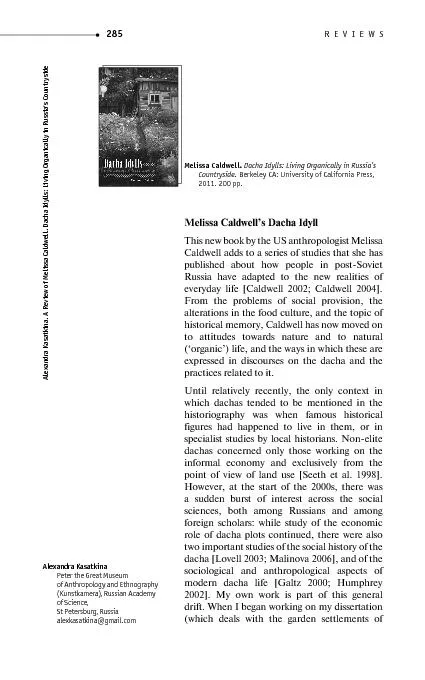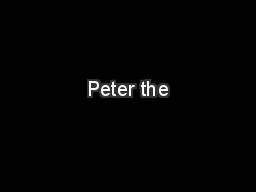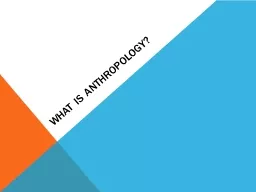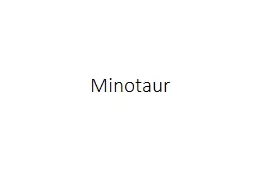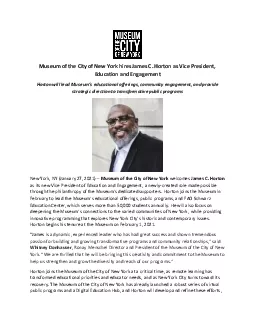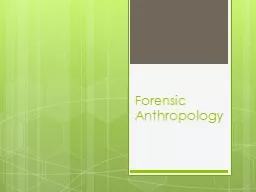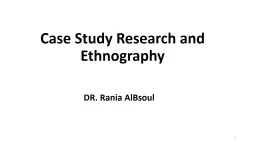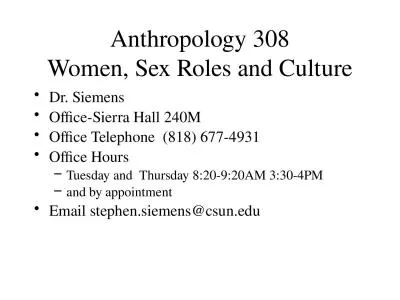PDF-Peter the Great Museum of Anthropology and Ethnography (Kunstkamera),
Author : giovanna-bartolotta | Published Date : 2016-03-10
This new book by the US anthropologist Melissa This new book by the US anthropologist Melissa From the problems of social provision the informal economy and exclusively
Presentation Embed Code
Download Presentation
Download Presentation The PPT/PDF document "Peter the Great Museum of Anthropology a..." is the property of its rightful owner. Permission is granted to download and print the materials on this website for personal, non-commercial use only, and to display it on your personal computer provided you do not modify the materials and that you retain all copyright notices contained in the materials. By downloading content from our website, you accept the terms of this agreement.
Peter the Great Museum of Anthropology and Ethnography (Kunstkamera),: Transcript
Download Rules Of Document
"Peter the Great Museum of Anthropology and Ethnography (Kunstkamera),"The content belongs to its owner. You may download and print it for personal use, without modification, and keep all copyright notices. By downloading, you agree to these terms.
Related Documents

